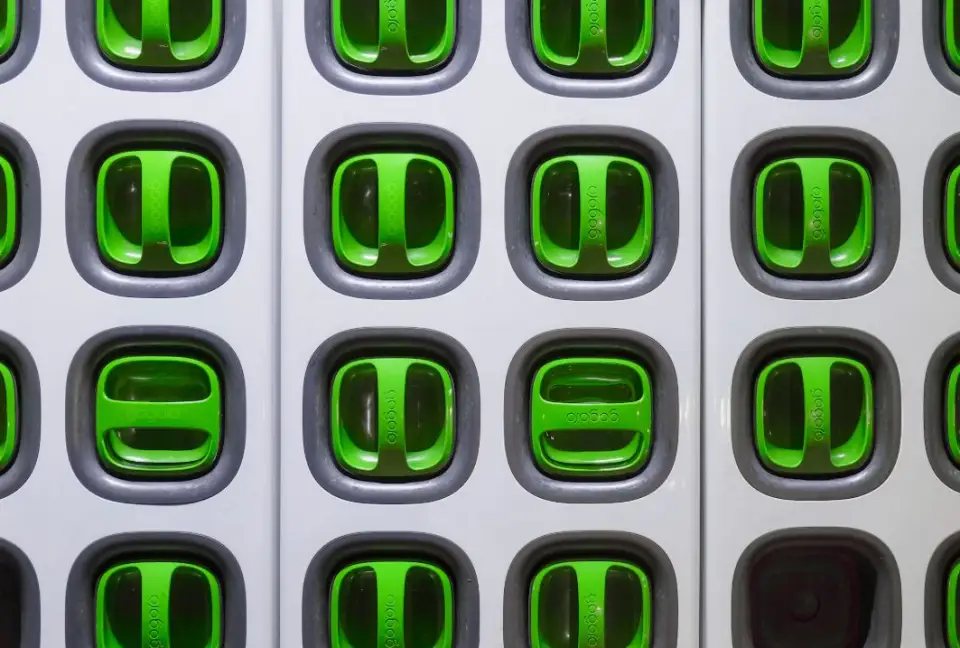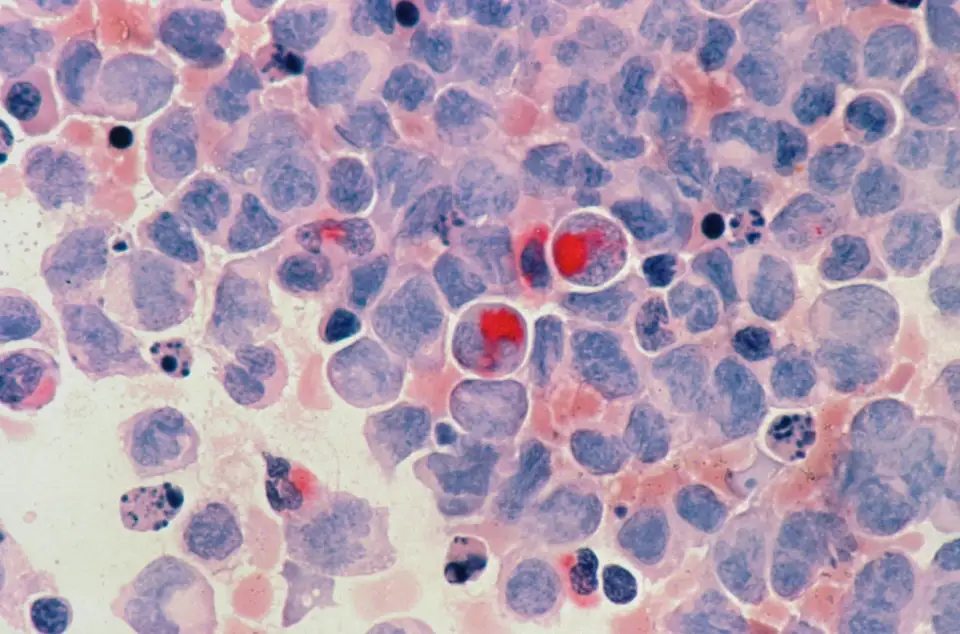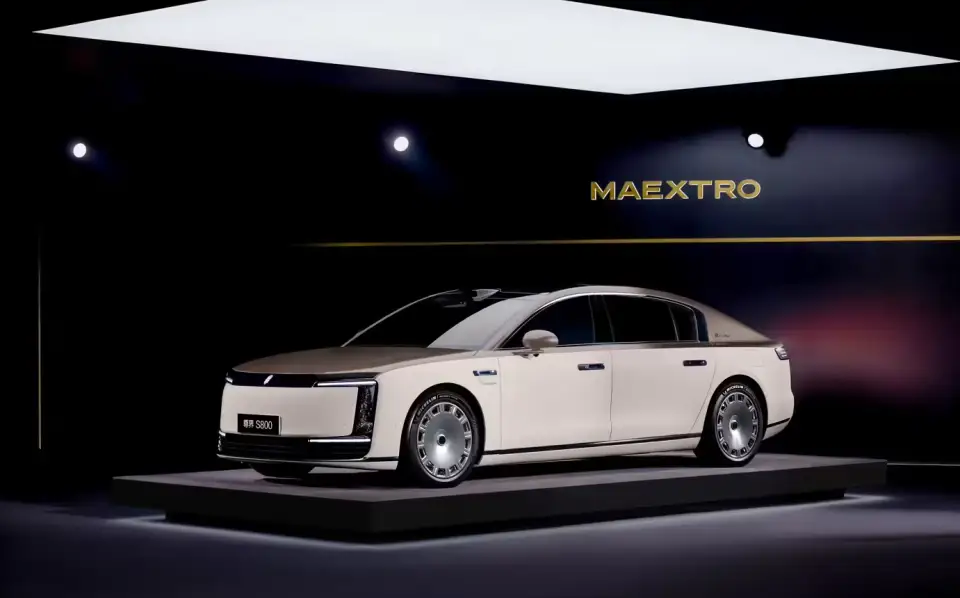
Scientists Use "Injection" to Break the Lifespan Curse of Lithium Batteries
Lithium-ion batteries, as the lifeblood of modern society, support a vast range of demands from smartphones to electric vehicles, and from smart grids to deep-space exploration. However, since their commercialization in 1990, lithium batteries have been constrained by a fundamental contradiction: the pre-stored lithium ions in the cathode material serve as both energy carriers and a "hourglass" of lifespan. As the number of charge-discharge cycles increases, lithium ions are continuously depleted due to side reactions. Even if the electrode materials remain intact, the battery will fail due to "lithium depletion." This inherent flaw limits the average service life of electric vehicle batteries to just 6-8 years, imposes massive replacement costs on grid energy storage systems, and results in 500,000 tons of retired batteries globally each year, posing environmental hazards.
On February 13, 2025, a groundbreaking study led by Academician Peng Huisheng and Researcher Gao Yue from the Department of Macromolecular Science at Fudan University was published in the top-tier journal Nature. The study introduced an "external lithium supply" technology: by injecting a new type of organic lithium salt into the battery, precise lithium-ion replenishment is achieved, enabling commercial lithium batteries to surpass 11,818 charge-discharge cycles (with 96% capacity retention). This breakthrough extends the lifespan of lithium batteries by 1-2 orders of magnitude.
The team proposed a theory that challenges the fundamental design principle of lithium-ion batteries, which relies on lithium ions coexisting with cathode materials. By combining AI and organic electrochemistry, they innovatively designed lithium carrier molecules, decoupling the battery's active charge carriers from the electrode materials.
At the core of this breakthrough is a compound called lithium trifluoromethanesulfonate (CF3SO2Li), which acts as a "life-extending agent" for lithium batteries. Specifically, the Fudan research team used AI-driven high-throughput screening to identify the ideal molecule—CF3SO2Li—from a virtual library of 3 million compounds. This white powdery compound possesses three key characteristics:
Precise Decomposition: It irreversibly oxidizes within the 2.8-4.3V charging voltage window, releasing lithium ions and decomposing into gases like SO and CHF, which are expelled through the battery's venting system, achieving "zero residue."
Universal Compatibility: It is soluble in conventional electrolytes and perfectly compatible with graphite, silicon-carbon anodes, and various cathode materials.
Industry-Friendly: It is stable in air, has a synthesis cost lower than traditional electrolyte additives, and accounts for less than 10% of the total battery cost.
With the key material in hand, the next step is "injection," a process that rejuvenates aging lithium batteries through external replenishment. This process can be summarized in four steps:
Solution Preparation: Dissolving CF3SO2Li in the electrolyte at a concentration of up to 12.5%.
Injection: Injecting the mixed solution into an unactivated "dry battery" through a pre-installed conduit.
Activation: During charging, the lithium salt decomposes at the anode, releasing lithium ions that embed into the negative electrode.
Purification: The decomposed gases are expelled through the encapsulation process, and the battery is ready for cyclic use.
The entire process requires no disassembly of the battery, and existing production lines only need to add an injection step, making the industrialization threshold extremely low.
Using this technology, batteries exhibit near-factory health (96% capacity) even after tens of thousands of charge-discharge cycles. The cycle life has been increased from the current 500-2,000 cycles to over 12,000-60,000 cycles, a first in the world. Additionally, the constraint that battery materials must contain lithium has been broken, paving the way for the construction of batteries using green, heavy-metal-free materials.
The functional organic molecule CF3SO2Li replenishes lithium ions in the battery.
According to Fudan University, the lithium carrier molecule has passed initial experimental validation and is expected to account for less than 10% of the total battery cost, demonstrating significant potential for large-scale commercial use in applications such as lithium replenishment, energy storage, and integrated photovoltaic storage. The team is currently working on the mass production of lithium carrier molecules and collaborating with top international battery manufacturers to transform the technology into products, supporting the nation's leadership in the new energy sector.
"If we can repair batteries through 'injection' in the future, enabling their cyclic reuse, we can address the issue of large-scale battery at its source, steering the industry toward intelligence and environmental sustainability," the team expressed. They hope this achievement will soon be applied, providing critical technological support for sustainable economic development and environmental protection.




